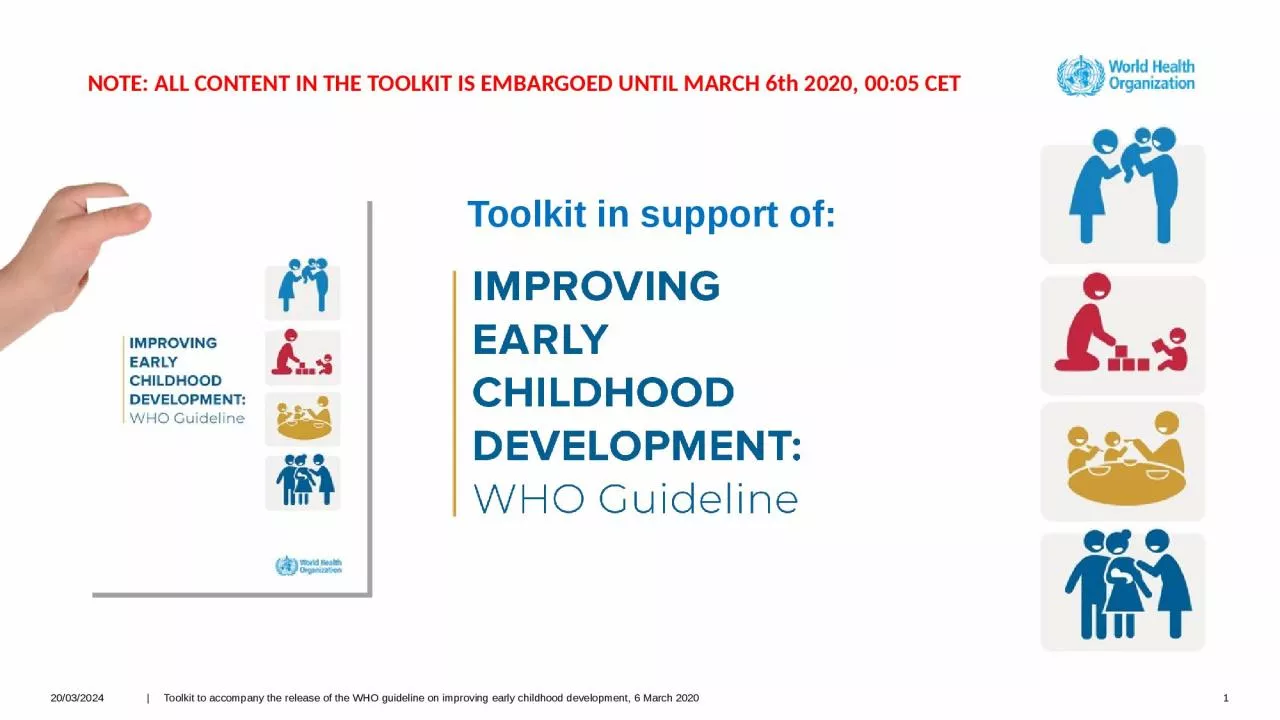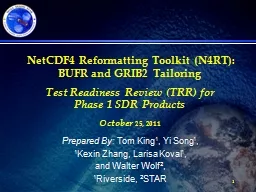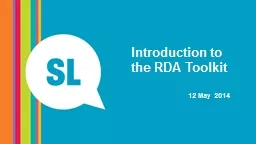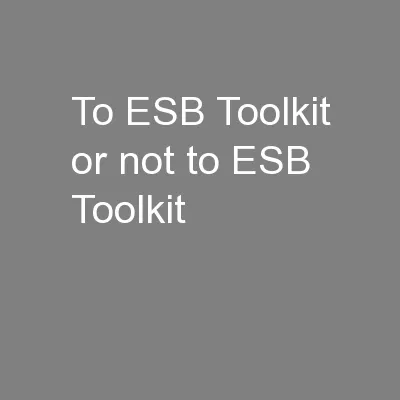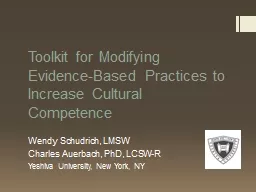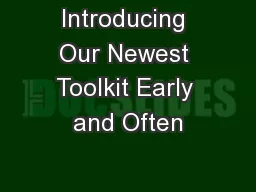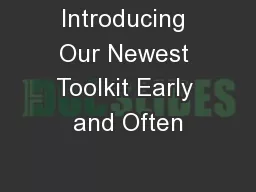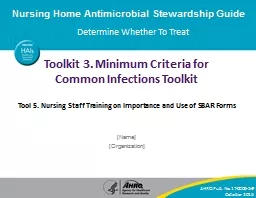PPT-06/03/2020 1 | Toolkit to accompany the release of the WHO guideline on improving
Author : gabriella | Published Date : 2024-01-29
NOTE ALL CONTENT IN THE TOOLKIT IS EMBARGOED UNTIL MARCH 6th 2020 0005 CET Toolkit in support of 06032020 2 About the Guideline New scientific evidence of the
Presentation Embed Code
Download Presentation
Download Presentation The PPT/PDF document "06/03/2020 1 | Toolkit to accompany ..." is the property of its rightful owner. Permission is granted to download and print the materials on this website for personal, non-commercial use only, and to display it on your personal computer provided you do not modify the materials and that you retain all copyright notices contained in the materials. By downloading content from our website, you accept the terms of this agreement.
06/03/2020 1 | Toolkit to accompany the release of the WHO guideline on improving: Transcript
Download Rules Of Document
"06/03/2020 1 | Toolkit to accompany the release of the WHO guideline on improving"The content belongs to its owner. You may download and print it for personal use, without modification, and keep all copyright notices. By downloading, you agree to these terms.
Related Documents

